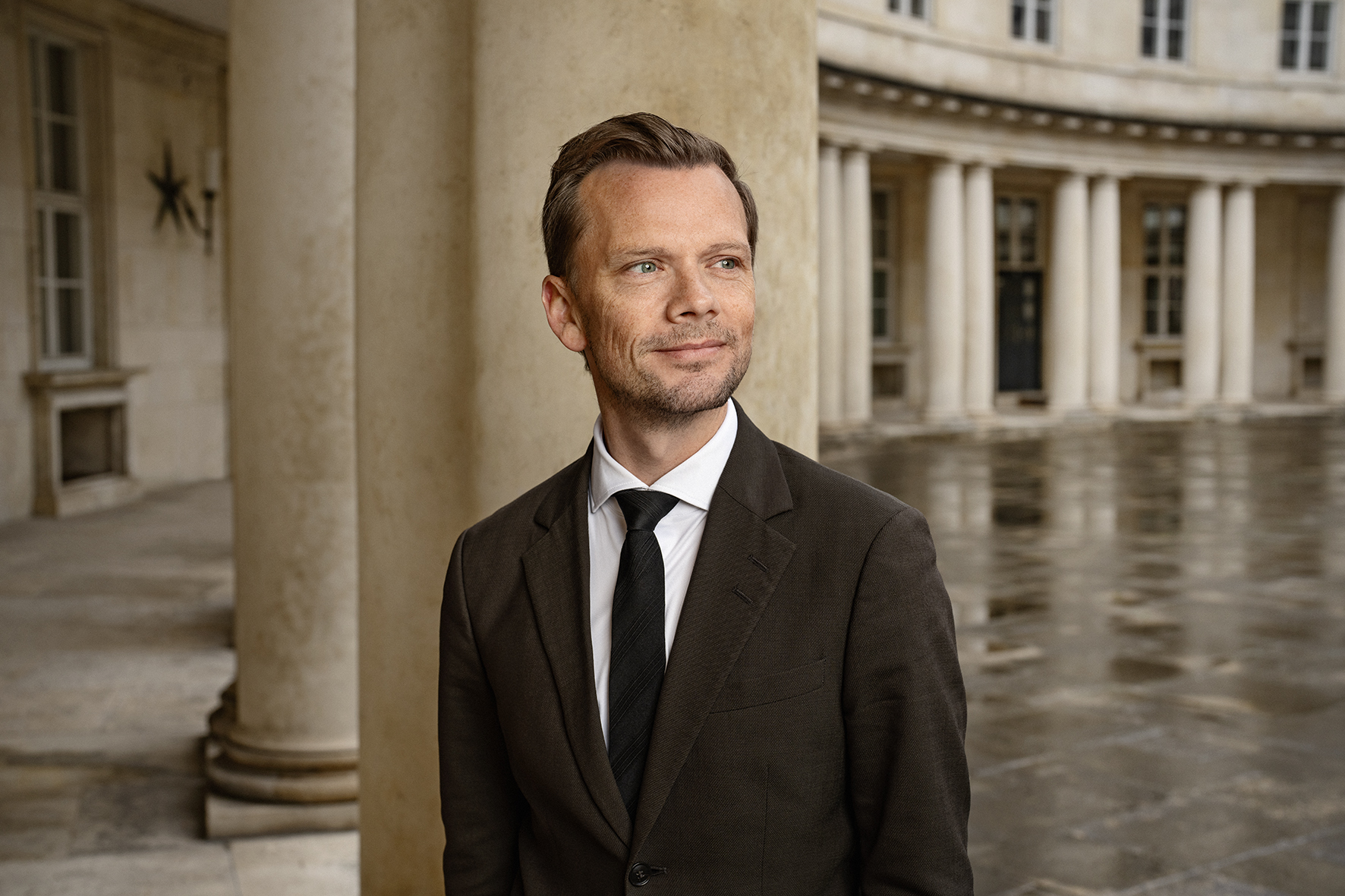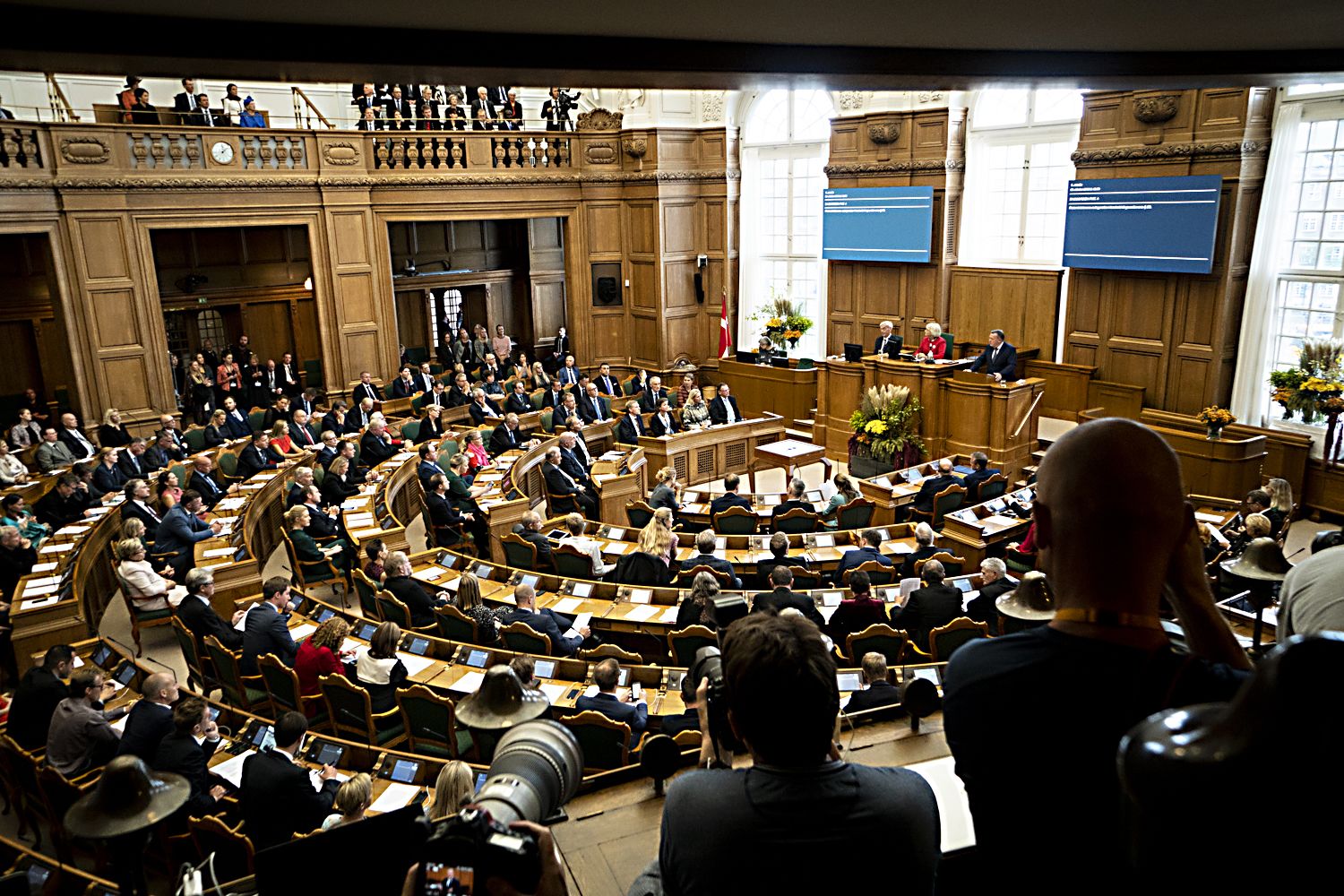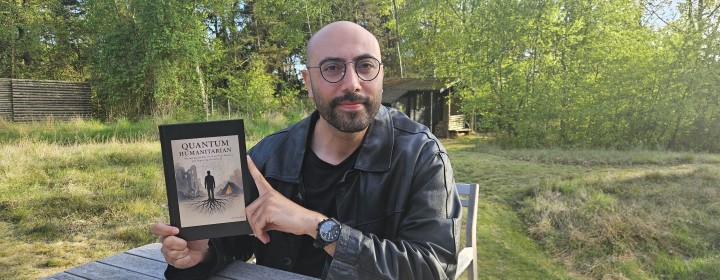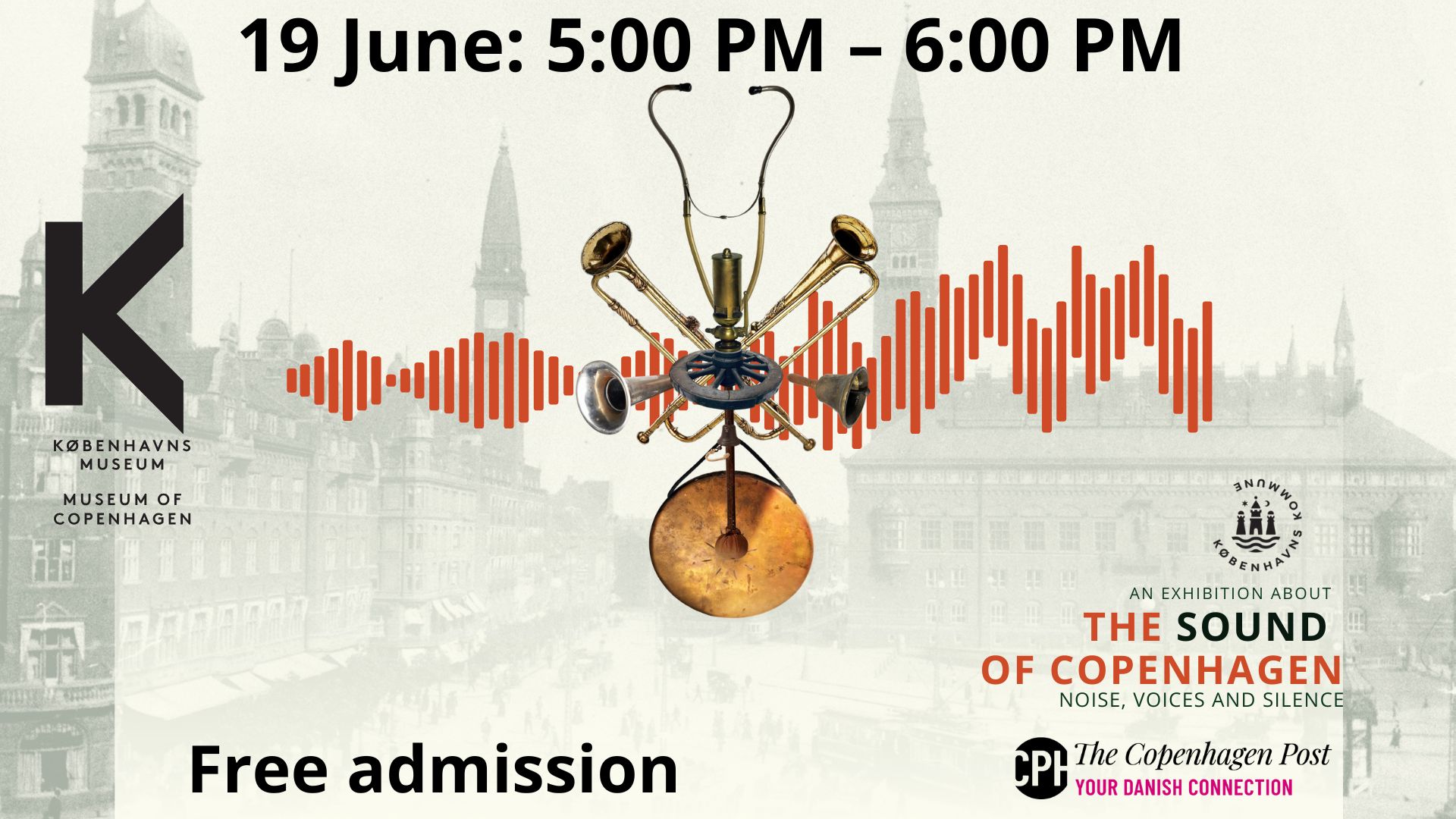The phrases ‘taking the world by storm’ and ‘putting “insert-location-here” on the map’ are geographical sayings used too often and almost never together. However, this is one of those exceptional, rare occurrences.
The world-stormer in question is women’s tennis number one Caroline Wozniacki, and the place that has carved out a niche for itself on the tennis map is Denmark. The result of her success has been an increased interest in Denmark that hasn’t been seen in decades, but as with all things, the reasoning for this isn’t as simple as it seems.
 According to Sune Alenkær, the head of development and tournaments at the Danish Tennis Federation (DTF), Wozniacki’s success on the pro circuit has been beneficial to the game in Denmark.
According to Sune Alenkær, the head of development and tournaments at the Danish Tennis Federation (DTF), Wozniacki’s success on the pro circuit has been beneficial to the game in Denmark.
“We have been very conscious of the positive effect her success can have on Denmark,” Alenkær said. “All the exposure that Caroline has received through her success has had an impact on the popularity of tennis.”
The proof is in the numbers. In 1990, DTF membership numbers hit an all-time high of over 118,000 members. However, as tennis lost its lustre over the ensuing decades, DTF progressively lost members until it hit a low point of 59,597 members in 2008, the same year Wozniacki received the Most Impressive Newcomer of the Year award from the WTA Tour. It was then in 2009 that DTF enjoyed its first increase in membership in 18 years, and as of 2010 the federation had seen an increase of 2,944 members since the 2008 low.
But the DTF isn’t content resting on its laurels while basking in the glow of Wozniacki’s success, continued Alenkær. “Caroline has played a huge impact in attracting people to tennis as a sport, but if people going to the clubs do not find proper coaching and the proper tools and teaching, they will quickly move on to the next sport,” he said. “It’s our job and our task as a federation to have concepts in place to maintain members and give them the best possible service.”
Providing the best possible instruction has come in the form of teaching innovations designed to maintain interest in the game after the ‘Woz effect’ fades. Current initiatives include Play & Stay, a teaching tool that uses altered tennis balls that travel up to 75 percent slower to help students learn the game, and Adult Instruction, a programme tailored to adults with busy family and work lives. “Denmark has tried to embrace change over the last three years, to take up the torch, to say now we’ve make a conscious decision to put programmes in place to enable the clubs to benefit,” Alenkær said. These new programmes have already proven to be a success: 600 new members joined Adult Instruction this year alone.
In addition to the new programmes that have already been implemented, DTF is currently working on a new age-related training concept that is set to be put into place next year. “It’s a handbook that’s a whole new educational system teaching the coaches how much kids should practice, play tournaments, and do work-outs at specific times in their lives,” Alenkær said. “We are confident that once we have this tool in hand, we are able to have coaches all over the country teach the same methods for how a player should develop his or her talent in the best possible way.”
On the tennis sales front, racquet store Ketcher Galleriet has been able to keep above the ebb and flow of interest in tennis in Denmark, according to owner Johnny Sørensen. Located on the corner of Stenosgade and Gammel Kongevej, Ketcher Galleriet was founded in 1995, towards the beginning of the DTF’s two-decade decline in membership. However, the popularity of the sport was still healthy when the store was created. “It was quite okay,” Sørensen said. “But it has cooled for a long time.” Since Wozniacki came onto the scene, Sørensen has noticed an increasingly younger demographic visiting the store. “Now there’s a bigger group of younger players,” he said. “It could be the Caroline effect, we don’t know.”
What Sørensen does know is that the store has yet to reap the benefits of any popularity increase in Wozniacki and the sport. “We have her racquet, and many of our customers think it’s nice to see her on TV,” he said. “But we haven’t seen that boom, not yet.”
The way these “younger players” should be trained is always a hotly contested issue in tennis, and Denmark is no exception. The standardisation of training in Denmark comes in the wake of Wozniacki’s achievements, and her heritage as the daughter of Polish immigrants has been pointed at by some as contributing to her success. “Some will say the success of Caroline is due to her eastern European heritage,” Alenkær said. “I would claim that part of her success is due to the fact that she has an eastern European mentality in some places, but she’s been free to develop her talent within the Danish framework.”
This Danish framework, according to Alenkær, consists of a co-operation between the player, the coach, and the parents. “We don’t really do it in the east European style,” he said. “We will always respect the wish of the athlete, but we will try and develop talent, and there is talent within Denmark.”
Join the debate – join us on Twitter or Facebook, or leave a comment below.
SEE RELATED STORIES
For get consistency, Woz should go after grand slams
Denmark's rubbish at athletics – is it because it's not a team sport?












